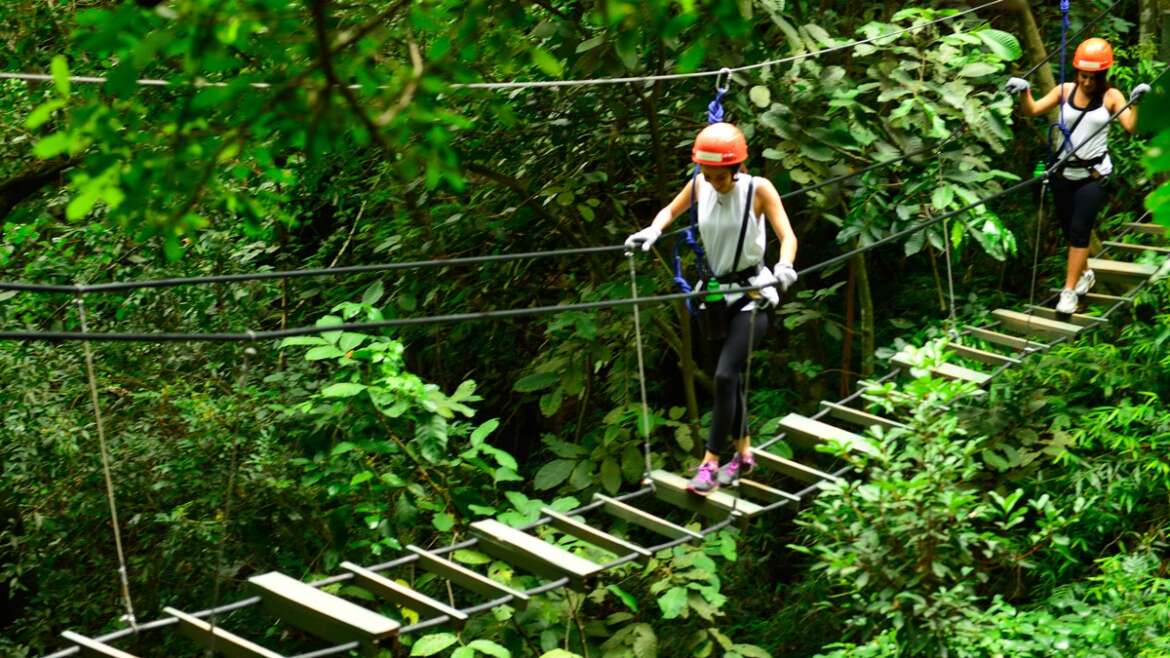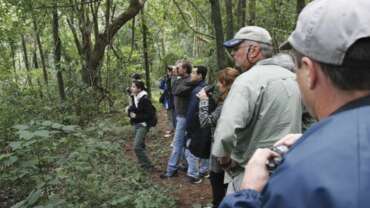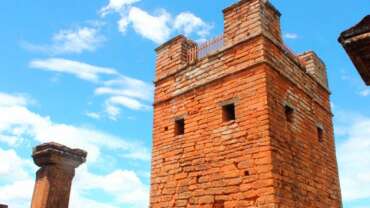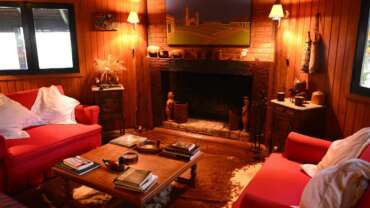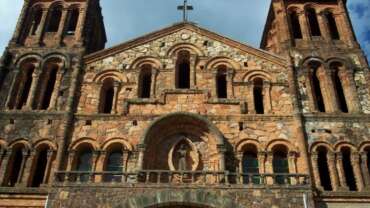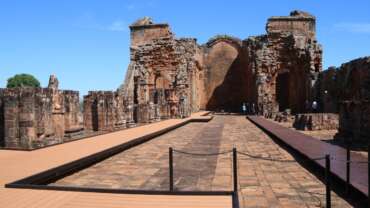Adventure Tourism in Paraguay
Paraguay offers an impressive diversity of natural landscapes which encourage you to enjoy adventure tourism. Hills, creeks and waterfalls offer opportunities for biking, rappelling, cascading, trekking and other stimulating disciplines with an increasing number of participants all over the world.
The Mbaracayú Forest, natural sanctuary, offers extreme-sports enthusiasts various disciplines and options along its trails and the striking Karapá Falls.
Bear in mind: Aventura Xtrema and Boulder, are organizations dedicated to adventure tourism, where the main ingredients, adrenaline and excitement, blend in close contact with nature.
Sport Fishing
Paraguay is the perfect place for sport fishing, due to the considerable natural resources which make available a wide range of choices for this sport. The Rivers Paraguay, Paraná, Pilcomayo, Apa and Tebicuary are some of the many waterways spread across the country. Each one of these rivers offers a unique experience, with their exuberant vegetation and the renowned fish species found in their precious waters.
Other notable fishing sites include Ayolas, Villa Florida and San Pedro, the homelands of the surubí, dorado, pacú, mandi’i, catfish and sea bass.
However, it is the boat rides, especially on clear days or under full moons, that make for the most unforgettable experience. Such rides are offered by numerous boats.
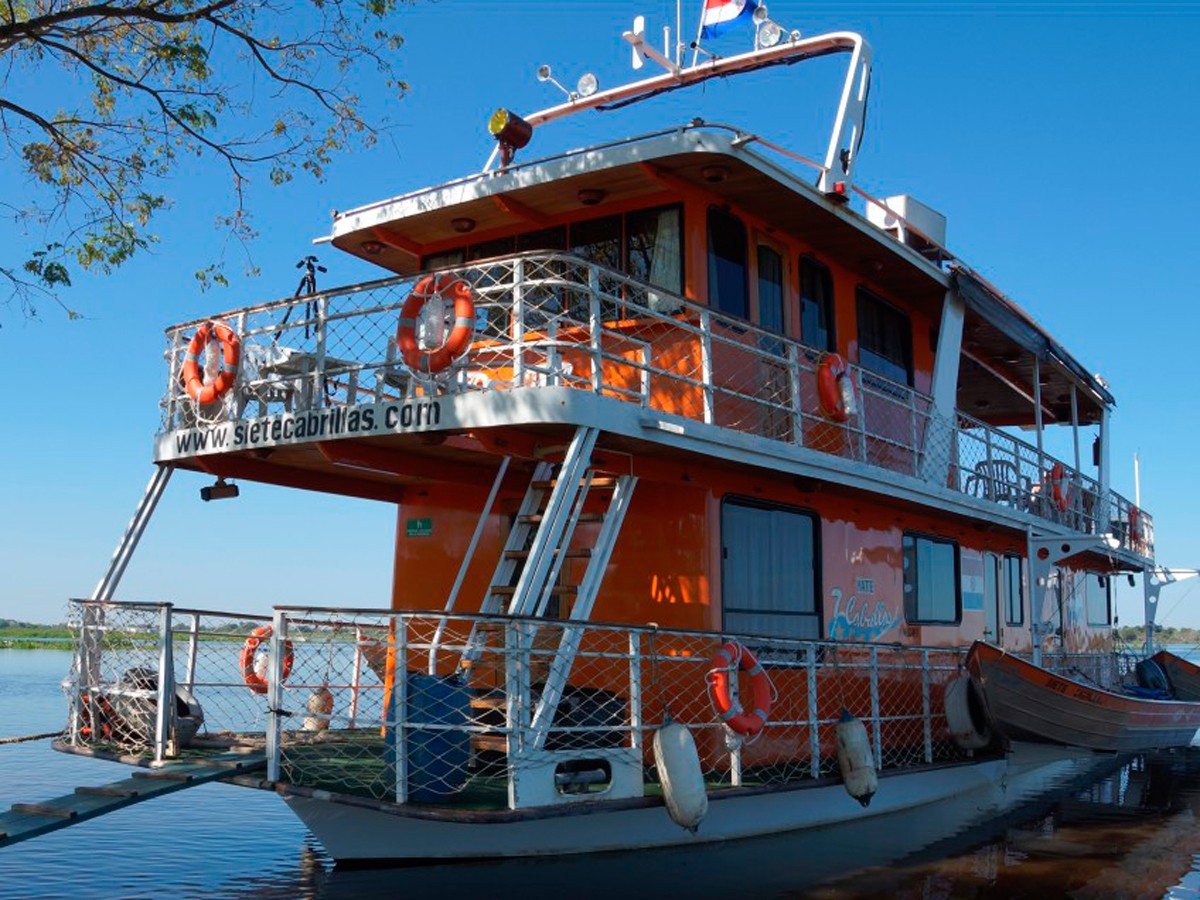

Bird Watching
Paraguay offers nature-loving visitors an excellent opportunity, especially when it comes to the avian world. After all, the country’s territory holds more than 700 species for bird watching. The SENATUR (National Secretariat of Tourism) and GUYRA PARAGUAY are working together to embrace the beauty Mother Nature has bestowed upon us through the fascinating creatures we know as birds.
The Areas of Importance for the Preservation of Birds are the Chaco Húmedo, Chaco Seco, Pantanal, Bosque Atlántico (Alto Paraná – Itapúa – Caazapá), Sábanas de la Mesopotamia (Itapúa and Misiones), Cerrado (Amambay, San Pedro, Canindeyú and Caaguazú), and the Bahía de Asunción. These are all places where one can admire both native and migratory species.
Mbatoví Eco-Reserve
Important eco-adventure park located in the department of Paraguari in the Cordillera de los Altos. It has impressive scenic beauty, with springs, creeks, waterfalls, exuberant forests, and gorges covered with moss and ferns. The infrastructure was designed with a profound respect for nature and a particular concern for visitors’ safety. Adventure tourism activities offered include walks along natural paths, suspension bridges, zipline and rappel.
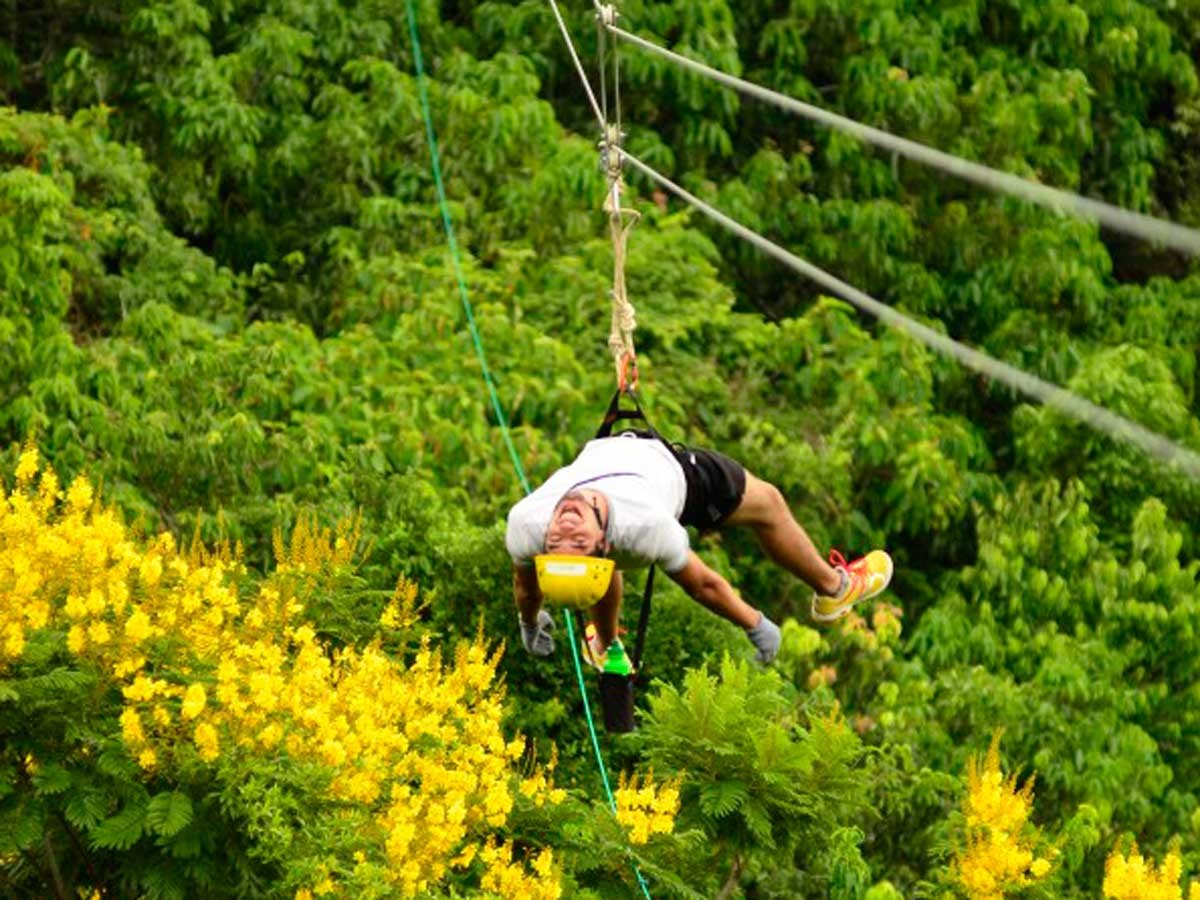
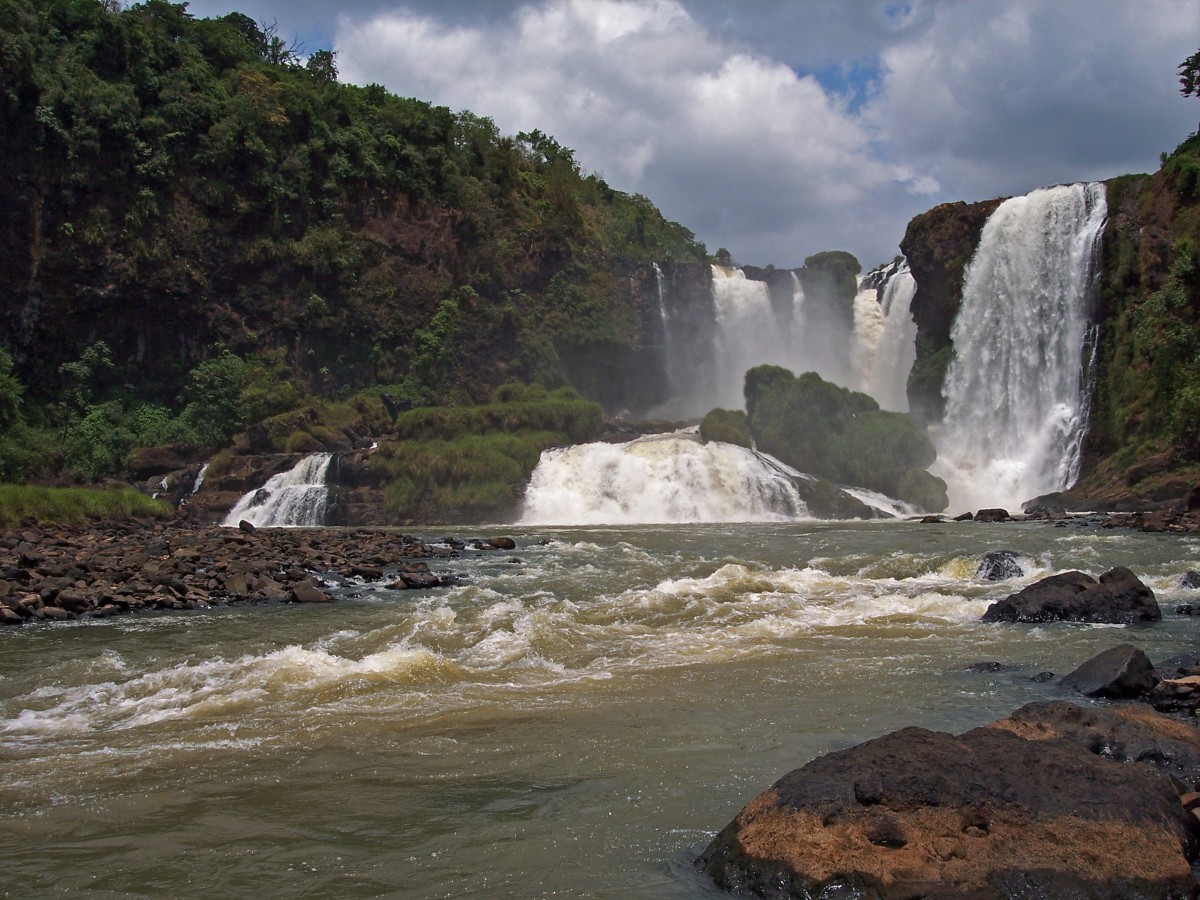
Adventure Park Monday
It constitutes a remarkable natural spectacle with a surface of 7 hectares. Located in the district of Presidente Franco, department of Alto Paraná, this place was an old station of the pre-Hispanic road of the Guarani, and today, the jumps of three falls with more than 40 meters high, are a challenge for those who like the challenge.
Activities: zip line, archery, canyoning, rafting and arborism circuit.
One can enjoy delicious meals from the tables that overlook the Monday Falls. The restaurant offers more than 30 different types of dishes.
Chacurru Eco-tourism
The Chacurru establishment is located 15 km from the center of the city of Pedro Juan Caballero in the department of Amambay and hosts modern facilities amidst lush natural beauty. Sport and adventure combine in this idyllic place.
The Canopy or High Ropes Course offers trips through trails, creeks and 6 suspension bridges (Mono Bridge, Zigzag Bridge, Slice Bridge, Nepali Bridge, Swing Bridge, Tibetan Bridge) in addition to a zip line over 150 m long and rappelling at a height of 28 m alongside the main waterfall.
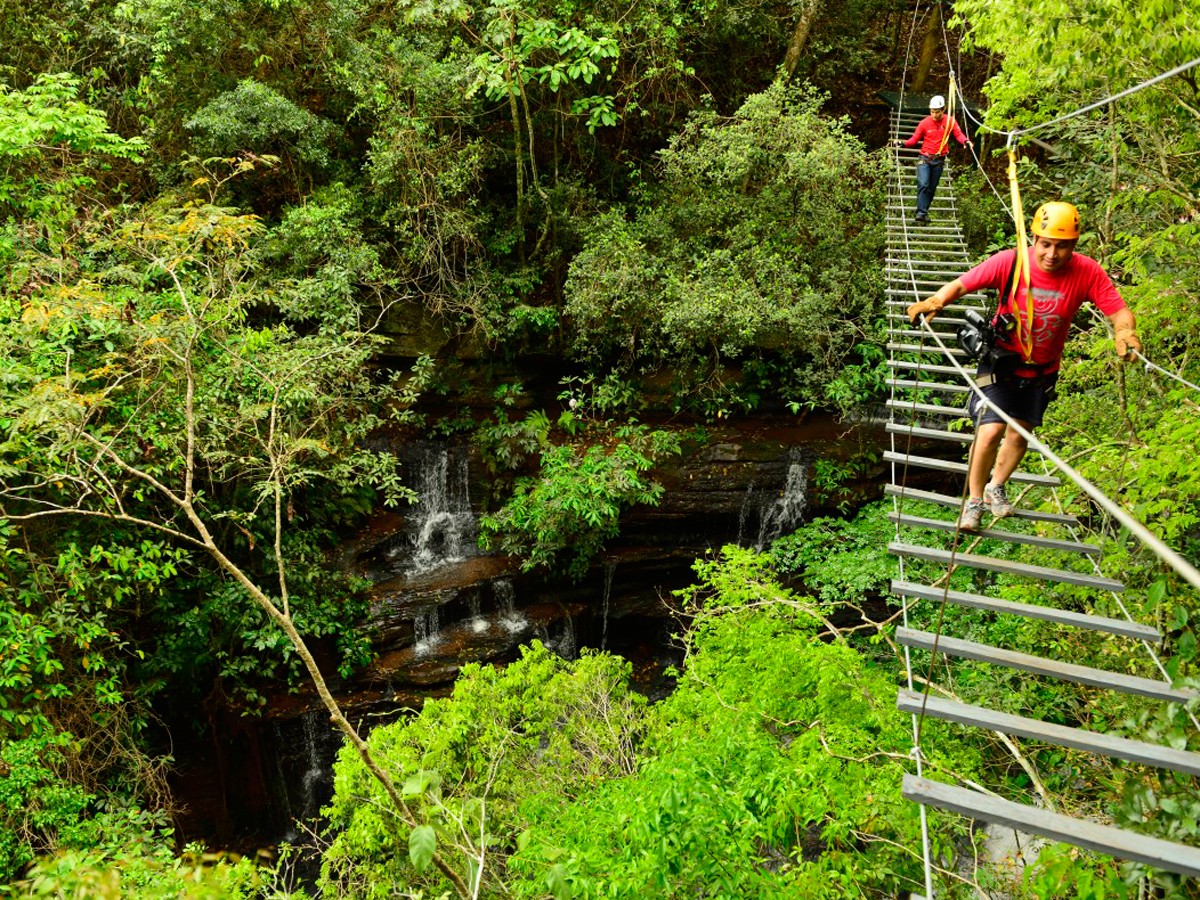

Mbaracayú Forest Natural Reserve
This 64,406 hectare reserve, protected in perpetuity by Law 112/91 is one of the most biologically diverse places due to its valuable flora, fauna and the various natural communities they form. Several wildlife species now severely endangered in other regions inhabit the reserve, such as the jaguar (Panthera Onca), tapir or mboreví (Tapirus terrestris), giant anteater or yurumí (Myrmecophaga tridactyla), southern tamandua or kaguaré (Tamandua tetradactyla) and the bird that is the region’s symbol: the guyra campana or bare-throated bellbird (Procnias nudicollis). The law requires that the Aché natives can collect and hunt in the reserve using their traditional weapons. This protected area is located 375 km from Asunción and is managed by the Moisés Bertoni Foundation.
It has an internal road network. The main road crosses the reserve from West to East, joining the administrative headquarters in Jejui-mí with the Cerrado Aguara Ñu.
The visitors’ centre in Jejui-mí offers information about the reserve and region, suggesting activities such as trail tours, viewpoints, watchtowers and waterfalls.
The Mbaracayú Educational Centre in Jejui-mí offers a formative experience to young women from the Mbaracayú Reserve buffer area. There, they receive theoretical and practical instruction to attain a Baccalaureate in Environmental Science, as well as knowledge of tourism practices.
Karapá Falls, located in the northernmost end of the reserve, can be accessed by reverting to the road that heads to Ypé Jhú, ascending the Cordillera del Mbaracayú, taking a road heading East and getting to the checkpoint in Karapá. From there, follow the 5 km trail to Karapá Falls. A long metal ladder takes you to the base of the waterfall.



